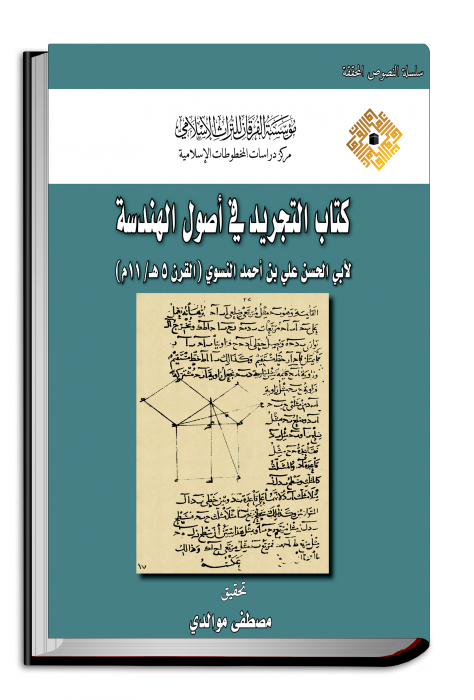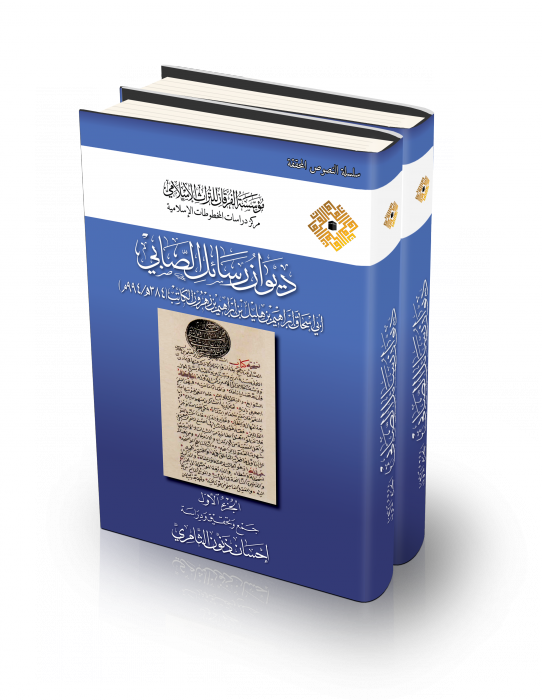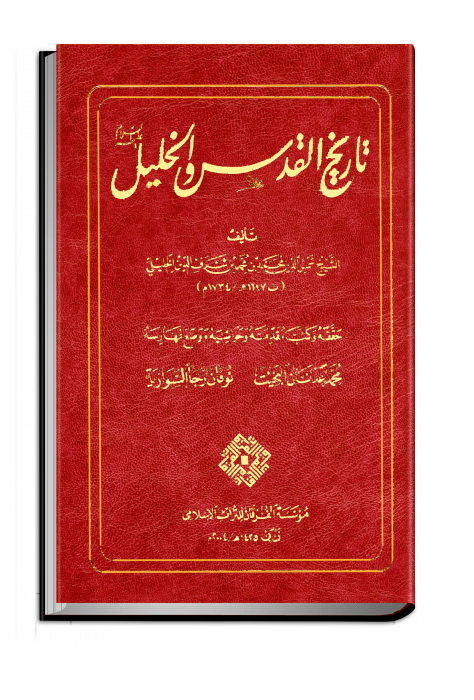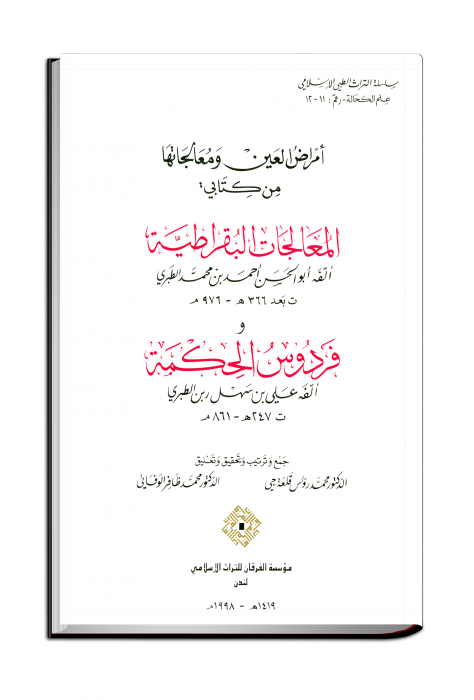Kitāb al-Tajrīd fī Uṣūl al-Handasah: Abridgement of the Elements of Geometry by Abū al-Ḥasan ʿAlī ibn Aḥmad al-Nasawī (V AH/XI CE)
The work, Kitāb al-tajrīd fī uṣūl al-handasah, is one of the key heritage sources for students of geometrical sciences, especially since the contributions of its author, Abū al-Ḥasan ‘Alī b. Aḥmad al-Nasawī, have attracted special international recognition. The book lays the foundation for a practical geometry of Arab origin, covering discrete shapes (i.e. theories), which are independent from each other, leading to easy comprehension and assimilation. This geometry provides proofs in the domain of area and measurement, and establishes the roots of all principal human crafts. The work represents an important introduction leading to a more profound insight into the science of geometry, making it accessible to a wide range of people, while remaining simple enough for craftsmen. Al-Nasawī presented these forms using an approach defined by simplification, use of easy language, and comprehensible and robust proofs. The importance of the book, Kitāb al-tajrīd, is manifested in the methodology adopted by al-Nasawī in the presentation and flow of logically-connected scientific topics. Hence, he was able to construct a practical geometrical framework that served the aim for which the book was authored. In this work, al-Nasawī principally treated the topic of shapes composed of straight lines, and those theories related to the circle. He also covered the question of the circle, whether inscribed or circumscribed, in relation to regular shapes. In addition, he addressed the matter of proportion, applying the ratio theorem mainly to plane and three-dimentional Euclidean geometrical shapes, and others.
 Shared Knowledge
Shared Knowledge


 Diwān Rasāʾil al-Sābīʾ: the Registry of al-Ṣābiʾ Letters by Abū Isḥāq Ibrāhīm al-Ṣābī (384 AH / 994 CE)
Diwān Rasāʾil al-Sābīʾ: the Registry of al-Ṣābiʾ Letters by Abū Isḥāq Ibrāhīm al-Ṣābī (384 AH / 994 CE) History of al-Quds (Jerusalem) and al-Khalīl (Hebron) by Muḥammad b. Muḥammad b. Sharaf al-Dīn al-Khalīlī (d. 1147 A.H / 1734 A.D)
History of al-Quds (Jerusalem) and al-Khalīl (Hebron) by Muḥammad b. Muḥammad b. Sharaf al-Dīn al-Khalīlī (d. 1147 A.H / 1734 A.D) Amrāḍ al-ʿAyn wa Muʿālajātuha min Kitābay: al-Muʿālajāt al-Buqrāṭiyyah li-Abū al-Ḥassan Aḥmad b. Muḥammad al-Ṭabarī wa Firdaws al-Ḥikmah li-ʿAlī b. Sahl Raban al-Ṭabarī
Amrāḍ al-ʿAyn wa Muʿālajātuha min Kitābay: al-Muʿālajāt al-Buqrāṭiyyah li-Abū al-Ḥassan Aḥmad b. Muḥammad al-Ṭabarī wa Firdaws al-Ḥikmah li-ʿAlī b. Sahl Raban al-Ṭabarī